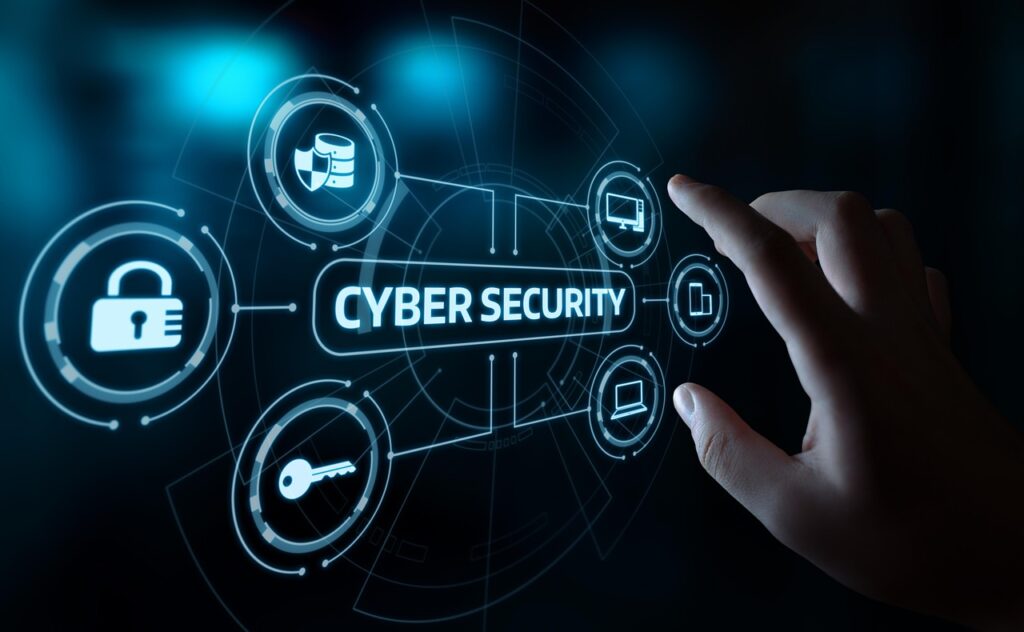An outlook

Soon, the new year will be ushered in, and with it we can expect the threat landscape and emerging risks to continue to evolve and intensify in new and in familiar ways.
we can breakdown some key continuing trends impacting various sectors:
Financial Sector: Last year the financial sector experienced a large increase in cyber attacks, with financial losses from cyber incidents quadrupling since 2017. While most losses were relatively small (~$0.5 million per incident), major incidents could lead to significant damage as well as financial liabilities and losses in the hundreds of millions or more.
Telecommunications: Telecoms are often targeted by cybercriminals for their expansive infrastructure that is often still running older equipment from companies like Cisco, Fortinet, Ivanti, and others with known security vulnerabilities in their equipment. Attacks on these telecom infrastructures compromise customer personal data, as well as sensitive communications impacting privacy and national security
Cloud Security: Large players in the cloud services arena are key targets for threat actors looking to exploit weaknesses, identity flaws and misconfigurations to escalate access. When attacked, large swathes of the internet become impacted and experience partial or total outages.
Healthcare Sector: Healthcare organizations, whether small clinics and all the way up to large hospitals represent prime targets for cyber actors. Larger organizations are often more tempting targets for hackers and threat actors with ransomware with the aim to disrupt services and force a quick payment for resolution.
Ransomware and Extortion: Ransomware attacks constitute a favorite among threat actors, recording last year a 275% increase of hacker-operated incidents year over year. With easy profits to be gained from vulnerable targets, bad actors can often compromise networks and steal sensitive data, as well as extort their victims for payouts to restore access to the victims’ data. Unprepared and vulnerable organizations are at great risk of large financial loss and liability if measures are not in place to mitigate the risks involved.
Nation State Activities: Nation-state threat actors continue to develop their tools to deploy against adversaries to achieve data exfiltration, compromise vulnerable systems, and conduct intelligence based activities to achieve their geopolitical goals. Government agencies, industry leading organizations, political entities, law enforcement agencies, and other national security sensitive targets are especially vulnerable to these types of attacks and require added security measures and constant scrutiny.
Supply Chain Attacks: Industrial, agricultural, commodities, and other sensitive civilian sectors are at risk from being compromised from within their networks. Threat actors target compromised and outdated systems using legacy and/or defunct software systems that are ripe for take over by hackers, highlighting the need to vet and review line-of-business software and systems for security robustness and up-to-date patching.’
AI and Social Engineering: The increasing use of AI is a harbinger of escalating cyber threats in both frequency and variety. Unfortunately, AI can amplify bad actors’ abilities to attack more vulnerable targets than was previously possible. We have already marked a significant increase in the sophistication of phishing emails both in their abilities to sound more convincing, not to mention the improved grammar and spelling that were easily identifiable from hackers foreign speaking regions. In 2025 and beyond, AI’s abilities to synthesize voices, compose emails with impeccable grammar and spelling will make it easier for cyber criminals to trick employees and gain access to sensitive systems. Social engineering also remains a threat that target those who may not be vigilant and are prone to human error.
These are but a sample of the landscape that’s evolving in 2025 and beyond and we continue to implement measures to mitigate these threats and to bring awareness to our clients whom we serve with state of the art systems, focusing on prevention and blocking threats, implementing robust data backup and protection systems to mitigate threats, as well as educating users so they can work using best practice methods and learn how to be vigilant in identifying suspicious activities and attacks.
Partnering with a security focused managed services provider (MSP ) brings the necessary expertise businesses lack to counter the threat vectors outlined above.
We invite you to contact us today to discuss how we can be of service to your organization and secure your sensitive data.
